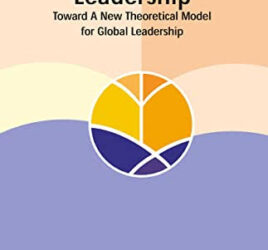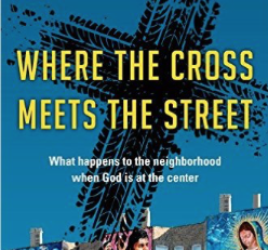In The Power of Social Innovation, former Indianapolis mayor Stephen Goldsmith makes a strong case for what he terms Civic Entrepreneurship. “To create truly vibrant cities,” says Goldsmith, “we need to invent new approaches” (2010). Not to argue against government participation, but to discover “new methods in order to provide opportunity, hope, and civic health to hard-press families and neighborhoods” (2010). Goldsmith is writing from a depth of experience, having served two terms as mayor, continuing on as President Bush’s special advisor on faith-based and non-profit initiatives, and serving as the chair of the Corporation for National and Community Service under both Bush and Obama’s administrations. Goldsmith confronts the dysfunctional and grid-locked social systems by elevating the role of the civic entrepreneur. These are men and women “whose new ideas, passion, and organizational ability swept away hopelessness and replaced it with opportunity”.
This is my first reading on urban and societal transformation from a mayor’s and governmental perspective. It is inspiring to read the various stories of some brilliant and well-connected entrepreneurs as well as of numerous pastors and Christian leaders who have made significant contributions for the welfare of the poor and disadvantaged. I was surprised to read how complex and difficult the role of a mayor is to bring transformational change to broken systems. Good ideas from the past end up locked into a pattern of survival and self-perpetuation, no longer producing the outcomes they were designed to produce.
Goldsmith highlights the efforts of Mayor Bloomberg to transform the educational system of New York City. This is a classic case demonstrating that when the government becomes the owner and the buyer of social services (education is run by government and paid for by taxes), it takes away the citizens’ choice to demand for better. Shifting such services to the marketplace, where social entrepreneurs can bid for the same government dollars, pushes the standard up by the demand of the citizens’ choice. In NYC, charter schools were given the freedom to compete for government funds and provide education to NYC citizens. Such innovative action greatly disrupts the status quo, not without opposition for all sides. However, Goldsmith asserts that, in order to bring the needed change to the crippled social systems, disrupters (i.e. civic entrepreneurs) play a critical role.
Several times, Goldsmith highlights the roles of pastors and faith-based organizations. One example is the Nehemiah Foundation in Springfield, Ohio. As funder of numerous non-profits, the foundation gathered these isolated organizations together and forced them to work together with one another and produce outcomes, not outputs. This forced the “attention away from organizations and toward individual and community transformation”. Their new set goal became to produce “mature, responsible Christian citizens”. The Nehemiah Foundation received $1.5 million in public funding and was called “the best model I have seen of a faith-based intermediary working with government and other private funds to make life better in their community”. I am inspired by this kind of example of Christian leaders who through networking relationships across public and private sectors bring transformational change to citizens and systems alike.
By Jacob Bloemberg




